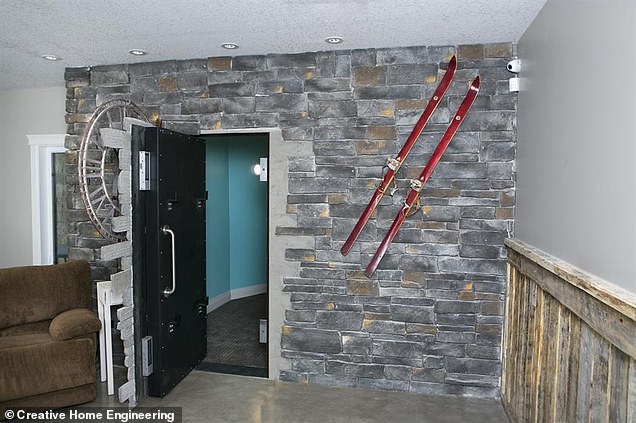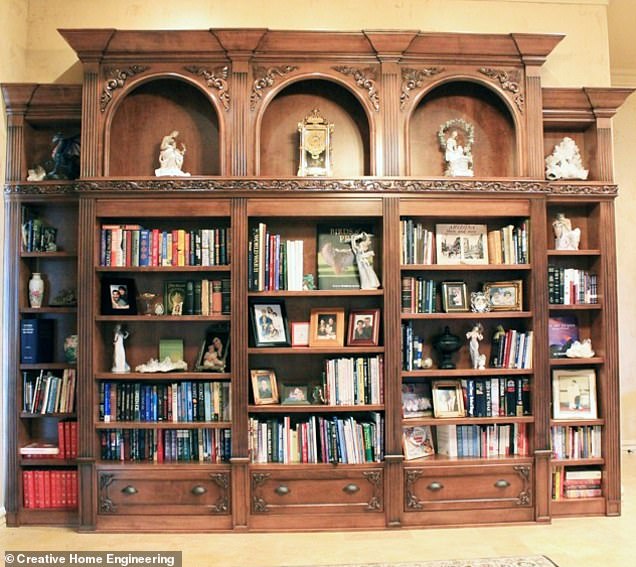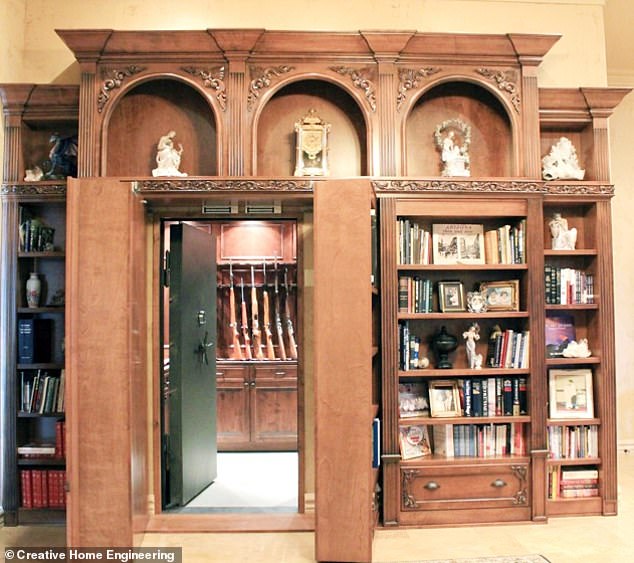Record number of New York elites are having panic rooms installed in their homes – which cost between $50,000 and $1m and have electrified door knobs and walls that shoot pepper spray
New Yorkers are on a paranoid spending spree.
“I’ve never been so busy,” one of America’s longest-running makers of high-end “panic rooms” admitted this week.
Heavily fortified “safe rooms,” some with electrified doorknobs, ballistic doors and facial recognition locks, have become all the rage among Manhattan’s elite.
For a starting price of $50,000, these custom panic rooms, complete with bulletproof night vision goggles, medical kits and food supplies, can be built to blend invisibly into any building – from a stately old antebellum mansion to a glass dome. penthouse attic.
But those prices can easily rise to $1 million or more for luxury apartments, because materials like explosion-proof doors that weigh thousands of pounds cost extra to ship.
The makers of these hidden rooms believe the spike in sales came during the protests against police brutality following the death of George Floyd in 2020, which sparked months of unrest in New York City.
Heavily fortified “safe rooms,” some with electrified doorknobs, ballistic doors and facial recognition locks, have become all the rage among Manhattan’s elite
“I’ve never been so busy,” confessed America’s longest-running creator of high-end “panic rooms,” Bill Rigdon, as wealthy New Yorkers spend paranoidly. Above, a hidden arsenal of guns designed by Rigdon’s competitor Creative Home Engineering of Arizona
‘I hate to sound paranoid, but I don’t trust the bodyguards. I don’t trust the security,” said one panic room maker, justifying his high price. ‘I trust nobody.’
David Vranicar, the owner of a Florida-based construction and design firm that specializes in panic rooms, Fortified Ballistic Security, is just one of many leaders in his industry who has noticed a boom in the city over the past year.
“New York has become very busy for us lately,” Vranicar told the real estate site Restrained. ‘People no longer feel safe like they used to.’
Another creator of custom hidden rooms and secret passages, Steve Humble of Creative Home Engineering in Arizona, traced the spike in activity in the New York area to the protests against police brutality following the 2020 death of George Floyd.
“That wave has subsided a bit,” Humble said, “but has been largely replaced by the continued rise in violent crime in major cities like New York.”
While FBI data has seen a dramatic decline in violent crimes nationally, down 49 percent overall since 1993, with sharp declines in robberies (-74 percent), aggravated assaults (-39 percent), murders and manslaughter ( -34 percent) – public perception has increased upwards.
More than three-quarters of Americans believe crime has risen according to Pew polls, fear has been stoked by waves of violent clashes between protesters and police and countless other shocking moments captured on video and posted to social media.
Nevertheless, according to Vranicar, “it is better to have it and not need it than to need it and not have it.”
He recently installed security features for an apartment in the tony, luxury apartment building 1 Central Park West.
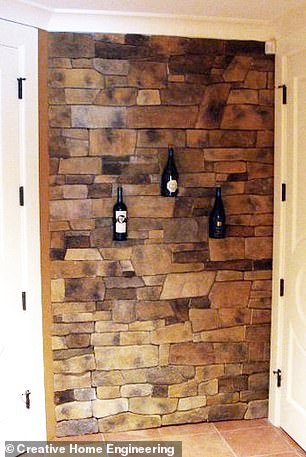
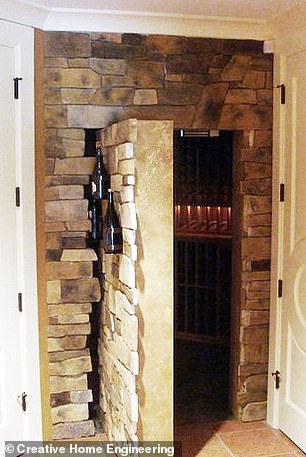
Bill Rigdon, president of Panic Room Builders, who consulted on the 2002 thriller Panic Room with Jodie Foster, said he has recently worked on panic rooms with electrified doorknobs and hidden devices that tag intruders with a mixture of colored paint and pepper spray.
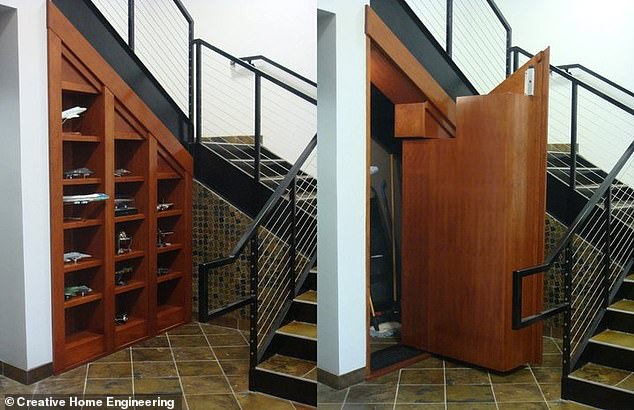
Rigdon said he has also reinforced rooms to make them more resistant to nuclear attack, but noted that one major issue that clients often forget is adding a bathroom.
The apartment had to be reinforced with steel and bulletproof doors, according to Vranicar, and the panic room was equipped with facial recognition technology that unlocks with a look that, during certain hours, would recognize the faces of the household staff.
But Bill Rigdon, the president and CEO of Panic room builderswho was a consultant on the 2002 thriller Panic Room starring Jodie Foster, said he has been working on much more extreme defensive measures in recent years.
Rigdon, who started his company building bunkers for Mormons in Nevada more than four decades ago, recently designed panic rooms with electrified doorknobs and hidden devices that tag intruders with a mixture of colored paint and pepper spray.
The unique feature not only helps neutralize intruders, but also makes it easier to track down the criminals if they try to flee.
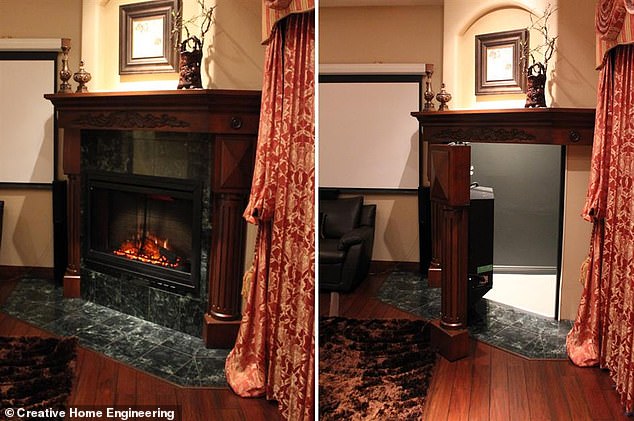
Rigdon’s advice to ordinary New Yorkers and anyone looking for a little more security, he said, is to stock up on a month’s worth of frozen food in case the U.S. falls into civil war. “I work with government agencies,” he said, “people who know, and they are concerned.”
Rigdon said he has also reinforced rooms to make them more resistant to nuclear attack, but noted that one major issue that clients often forget is adding a bathroom.
“I once had a Fox News reporter who had a whole plan for a basement bunker where 13, 14 people could stay for a while,” Rigdon told Curbed.
“But,” he added, “there was no bathroom.”
When asked for comment, Rigdon would neither confirm nor deny that this client was the late Fox News chairman and CEO Roger Ailes, who died in 2017.
“Doomsday prepping” used to be seen as a hobby relegated to the conspiratorial margins, but in recent years even ordinary middle-class Americans have embraced the practice.
By one estimate, U.S. residents spent a whopping $11 billion on survival items between April 2022 and April 2023.
And about a third of all Americans now admit they are preparing, surveys show, even though few have the resources of today’s billionaire bunker builders.
Outside of New York, the world’s wealthiest have increasingly spent hundreds of millions securing more sprawling underground complexes, private islands and (for the merely wealthy) “survival apartments.”
Late last year, for example, news broke that Facebook founder and Meta CEO Mark Zuckerberg was building a hidden $100 million fortress beneath his Hawaiian island ranch, complete with its own energy and food supplies and explosion-proof doors.
Rigdon’s advice to ordinary New Yorkers and anyone looking for a little more security, he said, is to stock up on a month’s worth of frozen food in case the U.S. falls into civil war.
“I work with government agencies,” he said, “people who know, and they’re concerned.”

